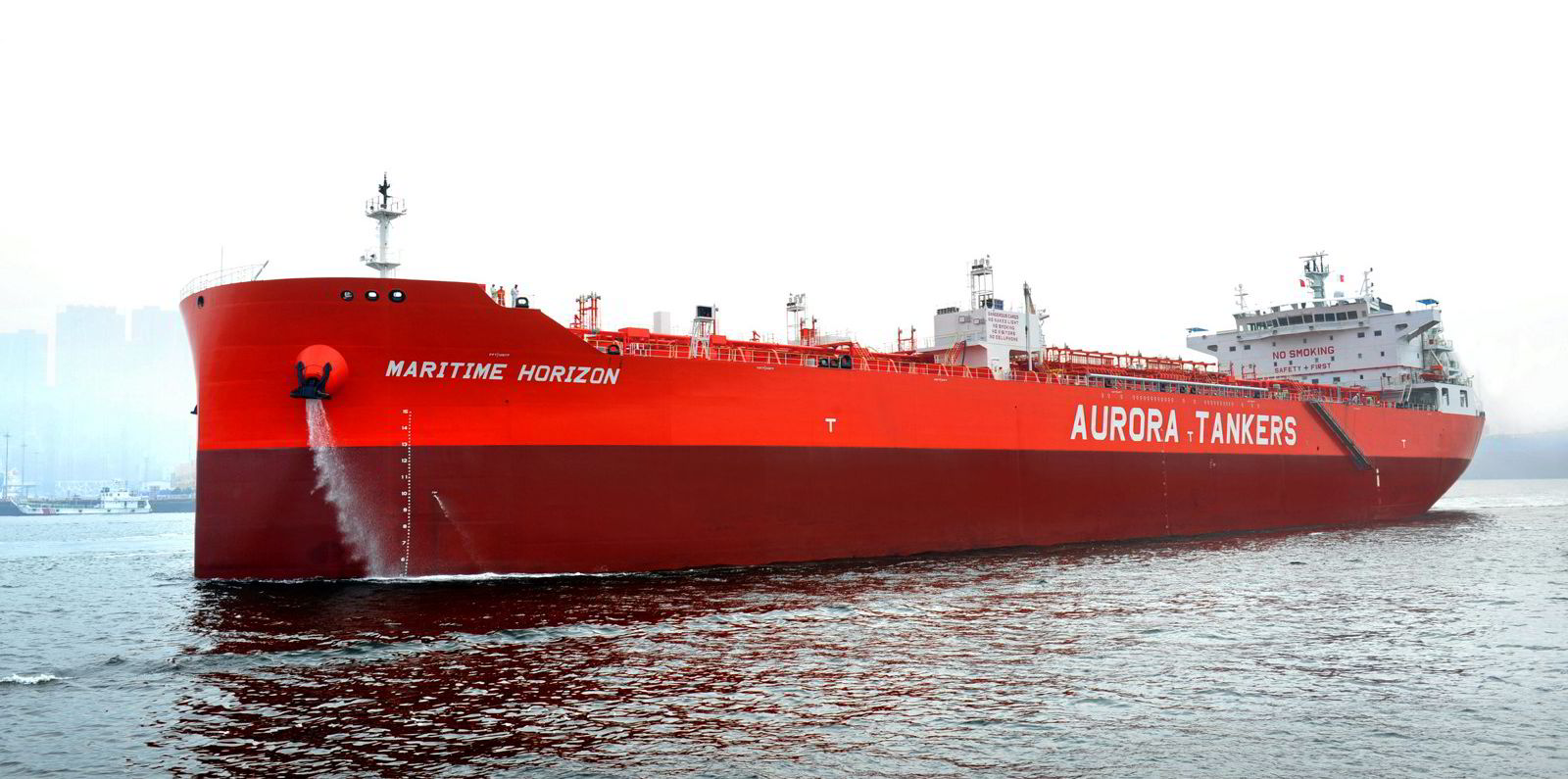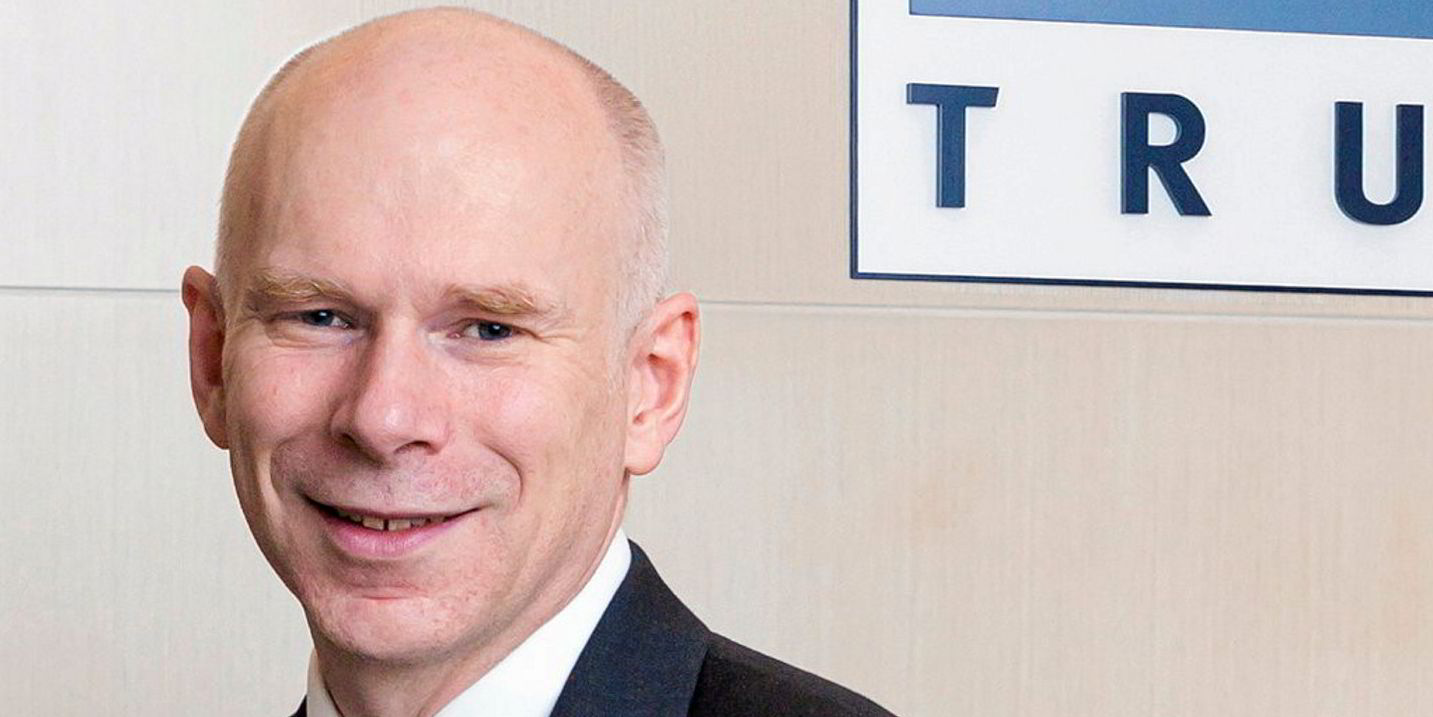Nearly half of the world’s chemical tanker capacity is stuck in ports due to congestion, Clarksons Research has calculated.
It said terminal congestion remains “notably elevated” for these ships.
About 22.9m dwt of chemical carriers were in port at the start of July, equivalent to 46.7% of the global fleet, with the figure having averaged 47% across June.
Although congestion stands below the peak of 48.4% at the end of March 2022, it is still significantly above pre-Covid levels.
The average capacity in port between 2016 and 2019 was 18.3m dwt, or 41.8% of the fleet.
“Chemical tanker congestion has gradually risen since end 2020, against a backdrop of wider global logistical disruption, with increased congestion in East Asia and Europe key drivers,” Clarksons Research said.
These two regions are together responsible for about 80% of the additional fleet capacity absorbed in 2022 so far compared with the average between 2016 and 2019.
These elevated levels come partly on the back of longer wait times in China as robust demand for bulk chemicals has coincided with port closures in line with Covid lockdowns, Clarksons Research added.
Meanwhile, disruption from the Ukraine war has driven up congestion in the Mediterranean and Black Sea.
In north-western Europe, terminal capacity has struggled to accommodate the recent increase in shipments as land-borne Russian volumes have begun to be phased out, the company explained.
Signs looking good
Clarksons Platou has said chemical tanker markets are taking shape nicely as utilisation and rates rise.
The fleet has averaged $18,000 per day on the spot market so far in 2022.
The investment bank’s chemical tanker time charter equivalent index shows earnings have risen more than 16% year on year.
If sustained, this could support one-year charters of more than $15,000 per day for a 19,900-dwt IMO2 stainless steel vessel.
“The specialised chemical tanker business is often overlooked by investors,” said analysts Frode Morkedal and Even Kolsgaard.
They pointed to a “rather strong” correlation with product tankers.
“Given the extraordinarily high MR product tanker earnings, an increasing number of MR vessels with an IMO2 designation are shifting their focus from the vegetable oil and easy chemical trades to the mainstay clean petroleum products trade, thus resulting in less competition with pure chemical tankers,” they said.
In addition, because of elevated bunker fuel prices, operators such as Norway’s Odfjell have cut vessel speeds by 6.5% this year, against an average for all ship types of 1.3%.






